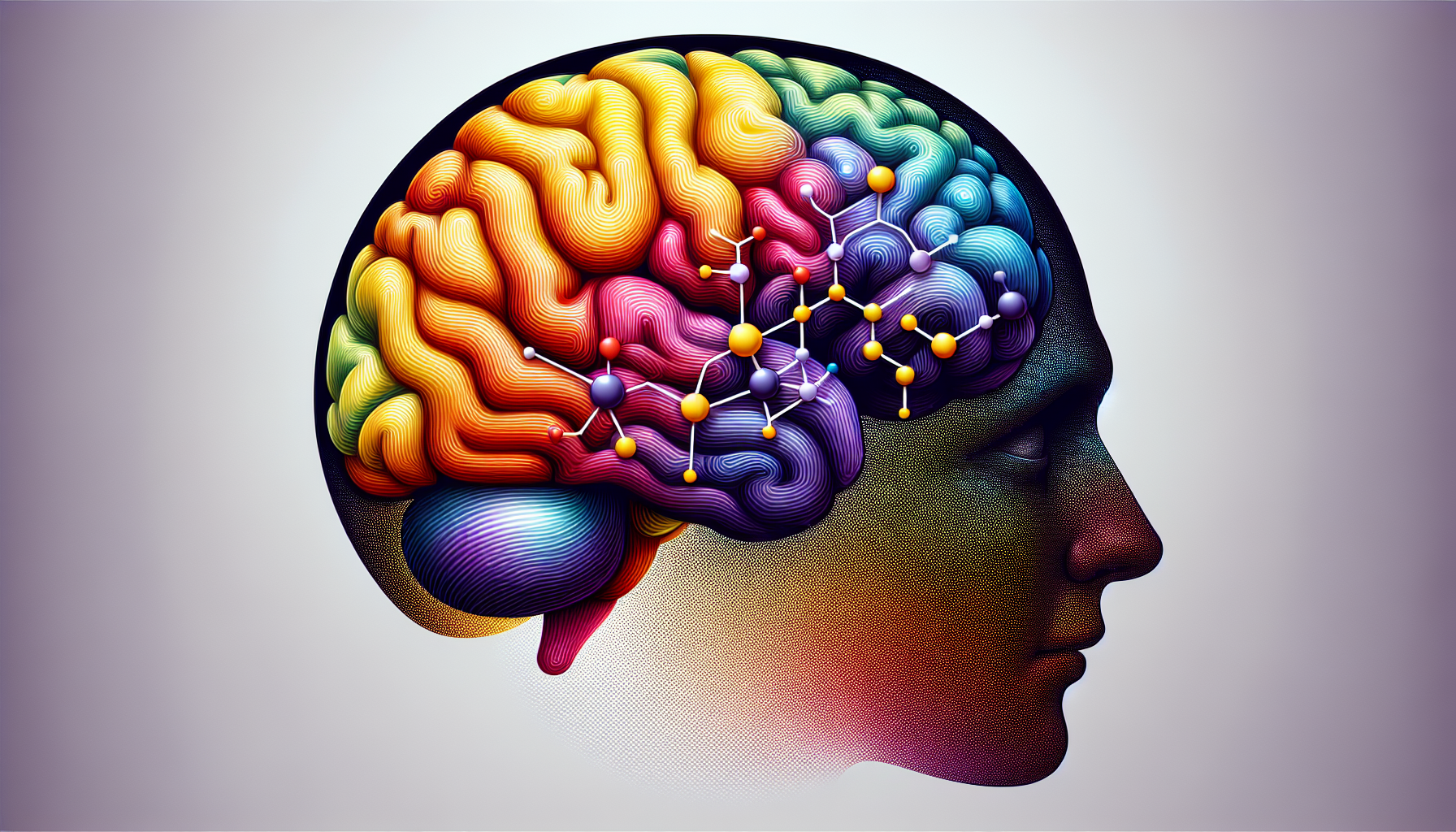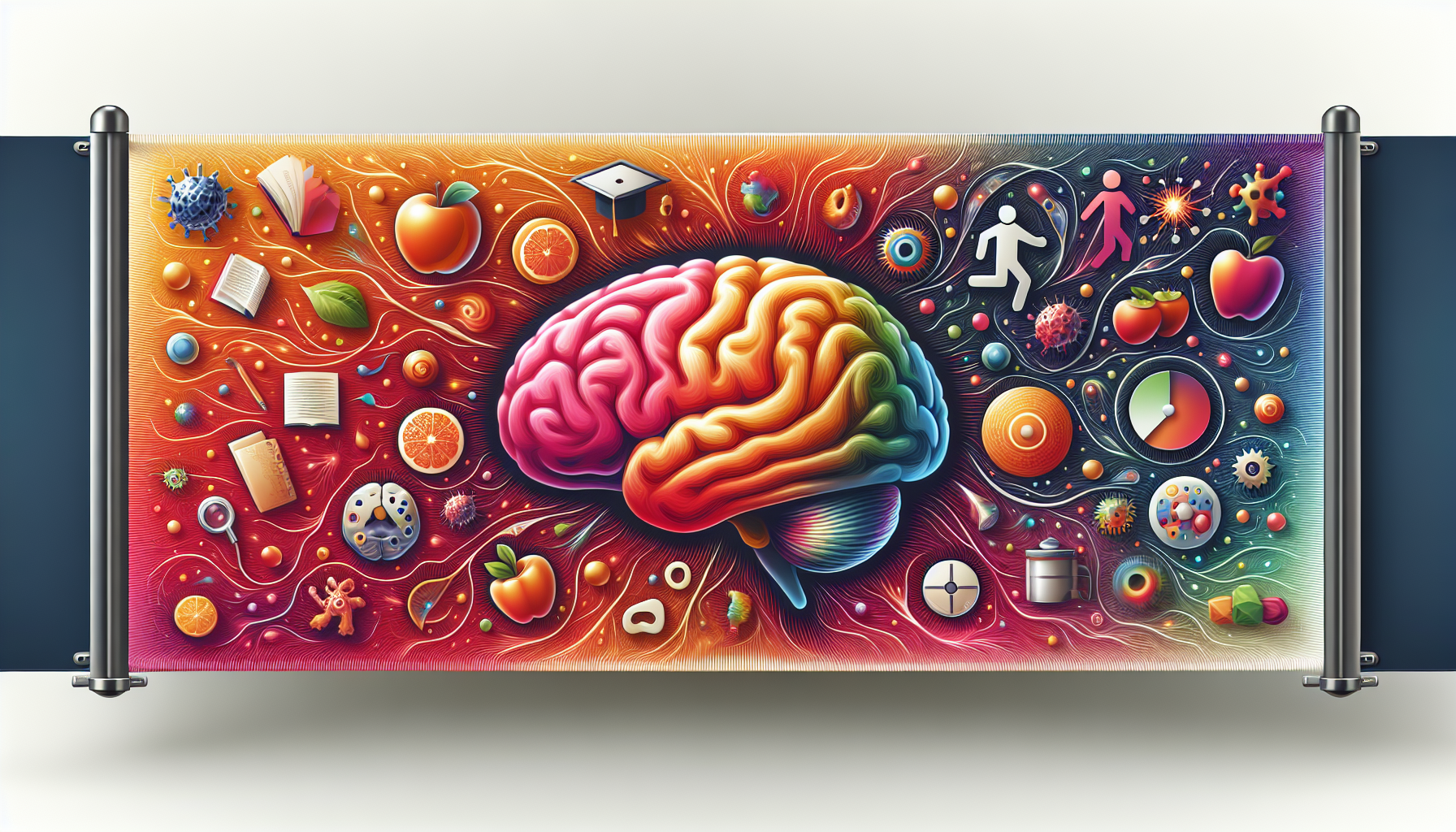On this page
The TED talk provides a detailed exploration of motivation, its types, and how to effectively utilize it. It defines motivation as the impetus behind a certain behavior, and classifies it into intrinsic (motivation from within, e.g., playing video games) and extrinsic (motivation for a specific outcome, e.g., clean teeth from dentist visit). It discusses the interplay of these types in everyday actions, cautioning against the overjustification effect where excessive extrinsic motivators can reduce intrinsic drive. The talk further highlights the beneficial role of extrinsic motivation in mundane tasks, and offers strategies to boost motivation, such as making tasks enjoyable or involving a friend.
How does it apply to you?
Understanding motivation can help students to study more effectively by identifying what drives them. For example, if a student is struggling to study for a test, understanding the concepts of intrinsic and extrinsic motivation can help them find ways to make studying more enjoyable or rewarding.
Applied Learning to Developer Enablement
Definition and Importance of Motivation in Software Development
Motivation is the energy that drives a developer to initiate and maintain coding or learning new languages. Identifying the source of this drive is essential to understanding how to sustain it in a software development organization. Thus, motivation can be seen as the fuel that energizes a developer to carry out a specific task or activity.
Intrinsic and Extrinsic Motivation in Software Development
Motivation in software development can be intrinsic or extrinsic. Intrinsic motivation is when a developer finds joy in coding itself, while extrinsic motivation refers to pursuing a task for a reward, like a promotion or a raise. While extrinsic rewards may initially seem appealing, their effectiveness can be short-lived.
The Interplay of Intrinsic and Extrinsic Motivation in Software Development
A developer's actions are usually driven by a mix of intrinsic and extrinsic motivation. For instance, learning a new programming language can be intrinsically motivated if the developer is curious about it, but extrinsic motivators like the desire to get a promotion can also come into play. However, having multiple motivators isn't always better. The overjustification effect can lead to less motivation and poorer performance.
Effective Use of Extrinsic Motivation in Software Development
Extrinsic rewards can be beneficial for tasks that are tedious or uninteresting in software development. In such cases, extrinsic motivators can provide sufficient justification to carry out the task. For example, debugging code may feel less daunting if a developer is praised or promised a reward.
Boosting Motivation in Software Development
Despite being passionate about coding or learning new languages, finding the motivation to actually do it can sometimes be challenging for developers. However, there are strategies to increase the drive even when it seems difficult. Focusing on building intrinsic motivation by making the task more enjoyable in the moment can help. Pair programming, or listening to favorite music while coding can provide the necessary boost to get started and stick with the goal in the long run.
Developer Checklist
Motivation
Summary
Definition and Importance of Motivation
Motivation is defined by psychologists as the desire or impetus to initiate and maintain a particular behavior. In simpler terms, it is the energy that drives you to do something. Identifying the source of this drive is crucial to understanding how to sustain it. Thus, motivation can be viewed as the fuel that energizes an individual to carry out a particular task or activity.
Intrinsic and Extrinsic Motivation
Motivational forces are typically classified into two broad categories: intrinsic and extrinsic. Intrinsic motivation is involved when you experience an activity as an end in itself, such as playing video games. On the other hand, extrinsic motivation refers to pursuing a task as a means to an end, like going to the dentist for clean, healthy teeth. While extrinsic rewards may initially seem appealing, their effectiveness can be short-lived.
The Interplay of Intrinsic and Extrinsic Motivation
Day-to-day actions are usually driven by a mix of intrinsic and extrinsic motivation. For instance, studying for a history exam can be intrinsically motivated if you're curious about the culture of ancient Egypt, but extrinsic motivators like the desire to get a good grade can also come into play. However, having multiple motivators isn't always better. The overjustification effect, a psychological phenomenon where additional extrinsic motivators can dilute the intrinsic drive, can lead to less motivation and poorer performance.
Effective Use of Extrinsic Motivation
Extrinsic rewards can be beneficial for tasks that are tedious or uninteresting. In such cases, extrinsic motivators can provide sufficient justification to carry out the task. For example, doing the laundry may feel less daunting if you get praise from a loved one or promise yourself a reward, like watching your favorite TV show upon completion.
Boosting Motivation
Despite being passionate about a goal or hobby, finding the motivation to actually do it can sometimes be challenging. However, there are strategies to increase your drive even when it seems difficult. Focusing on building intrinsic motivation by making the task more enjoyable in the moment can help. Inviting a friend to join, or listening to your favorite music can provide the necessary boost to get started and stick with your goals in the long run.
FAQs
How is motivation defined by psychologists? Motivation is defined by psychologists as the desire or impetus to initiate and maintain a particular behavior. In simpler terms, it is the energy that drives you to do something. Identifying the source of this drive is crucial to understanding how to sustain it.
What is the difference between intrinsic and extrinsic motivation? Intrinsic motivation is involved when you experience an activity as an end in itself, such as playing video games. Extrinsic motivation refers to pursuing a task as a means to an end, like going to the dentist for clean, healthy teeth.
What is the interplay of intrinsic and extrinsic motivation? Day-to-day actions are usually driven by a mix of intrinsic and extrinsic motivation. However, having multiple motivators isn't always better. The overjustification effect, a psychological phenomenon where additional extrinsic motivators can dilute the intrinsic drive, can lead to less motivation and poorer performance.
How can extrinsic motivation be effectively used? Extrinsic rewards can be beneficial for tasks that are tedious or uninteresting. In such cases, extrinsic motivators can provide sufficient justification to carry out the task.
What are some strategies to boost motivation? Focusing on building intrinsic motivation by making the task more enjoyable in the moment can help. Inviting a friend to join or listening to your favorite music can provide the necessary boost to get started and stick with your goals in the long run.
Glossary
Extrinsic Motivation: Refers to pursuing a task as a means to an end like going to the dentist for clean, healthy teeth. Extrinsic rewards can be beneficial for tasks that are tedious or uninteresting, providing sufficient justification to carry out the task.
Intrinsic Motivation: Involved when you experience an activity as an end in itself, such as playing video games. Building intrinsic motivation by making the task more enjoyable in the moment can help sustain motivation.
Motivation: Defined by psychologists as the desire or impetus to initiate and maintain a particular behavior. In simpler terms, it is the energy that drives you to do something. Identifying the source of this drive is crucial to understanding how to sustain it.
Overjustification Effect: A psychological phenomenon where additional extrinsic motivators can dilute the intrinsic drive, leading to less motivation and poorer performance.






